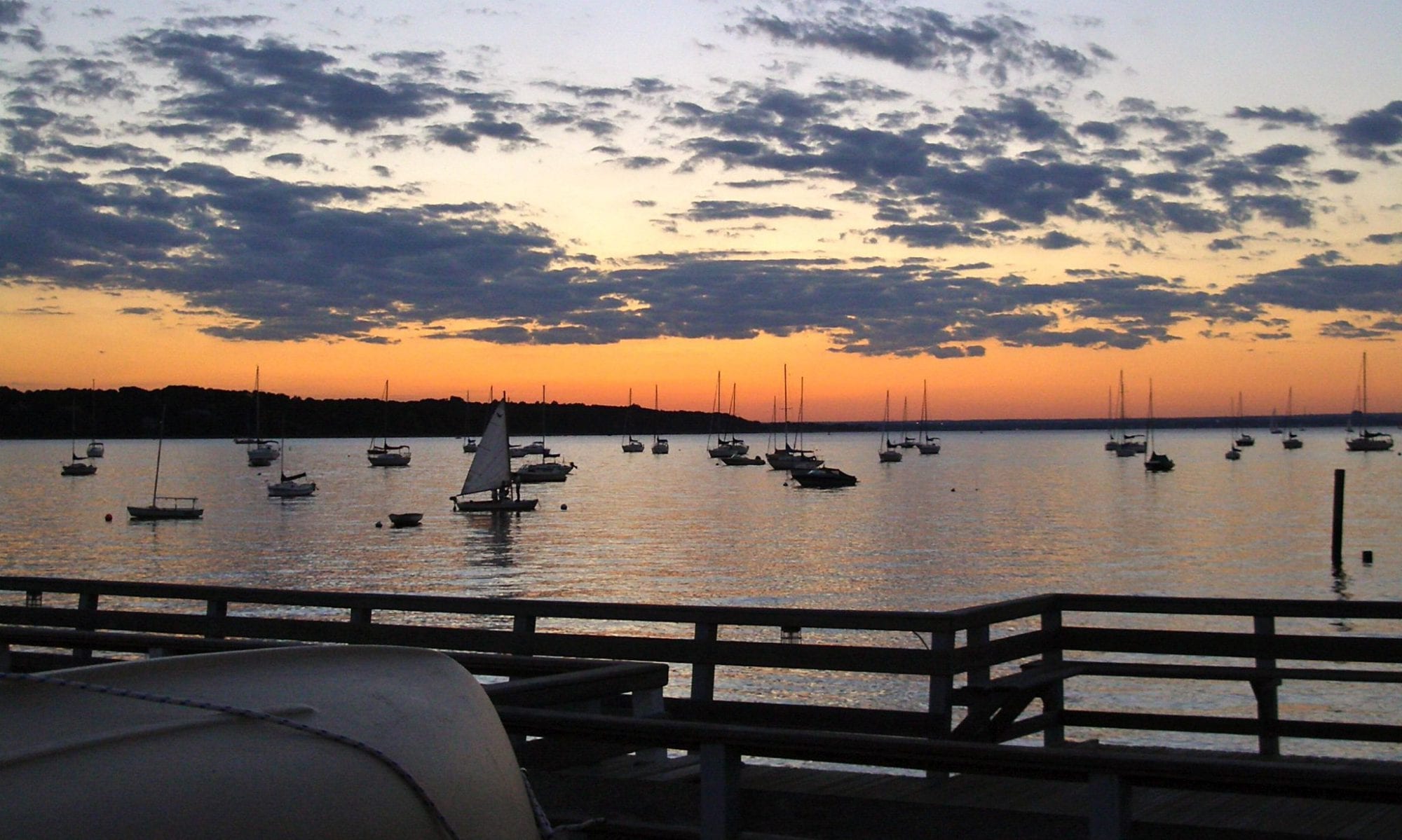THIS WAS RECEIVED IN AN E-MAIL ON JANUARY 31, 2019
Dear NYNJHAT Study Stakeholders,
Thank you for your thoughtful comments sent during the extended Scoping Period for the NYNJHAT Study this past year. Responses to your comments will be shared in the Public Engagement Appendix to the Interim Report that the NYNJHAT Study team is preparing for release on February 19, 2019. This Interim Report is being provided to share these responses as well as study information that has been collected and analyzed on the various conceptual alternatives under evaluation in the study. This report is not required by Corps policy or regulation, nor is it identified as a an agency decision document, but rather is intended to share interim study information as the Corps, in partnership with the States of New York and New Jersey as well as the City of New York, work towards identifying the tentatively selected plan early in 2020.
During the Scoping Period the public expressed eagerness to learn more about the Study, including how the alternative concepts could address the substantial and pervasive coastal flooding problems that face this vast region, including sea level rise, and a desire for the public to meaningfully engage in the study before decisions were made. In order to facilitate this, the study team will release this Interim Report and hold a series of Public Information Meetings throughout the study area associated with it.
Additionally, we have updated our website (new shorter URL: www.nan.usace.army.mil/NYNJHATS) with more information to answer some of the common questions received. Information about the Corps’ project, coastal storm risks facing this region (including those from sea level rise), and how the alternative concepts address these ambient, frequent and infrequent coastal flooding risks is available on the website and discussed in more detail in the Interim Report. On or soon after February 19, 2019, this Interim Report will be available via this website.
The Corps welcomes any input you may wish to provide related to this study as detailed in the Interim Report. There is no comment period or deadline for providing feedback. However, comments received earlier (e.g., within two weeks of our last planned public meeting, the end April) will be of most value in helping to guide future analysis as we work towards identifying the tentatively selected plan. As always, should you have comments or thoughts on this study later in the year, we welcome those comments then as well. Given the great concern and interest in this study, our team plans to exchange information more frequently via the website, social media and public meetings through this year and future years of the study.
Full text of press release is below.
Thank you,The NYNJHAT Study Team
Press Release (below)-January 15, 2019
Army Corps Announces Release of Interim Report for New York and New Jersey Harbor & Tributaries Study
NEW YORK – The U.S. Army Corps of Engineers, New York District, is releasing an Interim Report for the NY & NJ Harbor and Tributaries Study on February 19, 2019. State and city partners that contributed input on the interim report include the New York State Department of Environmental Conservation, the New Jersey Department of Environmental Protection, and the City of New York.
Historical storms have severely impacted the New York-New Jersey Harbor region. In response to these storms, the U.S. Army Corps of Engineers is investigating measures to manage future coastal flood risk in ways that support the long-term resilience and sustainability of the coastal ecosystem and surrounding communities, and reduce the economic costs and risks associated with flood and storm events. The study team has prepared an Interim Report to present an array of alternative concepts, based on USACE technical analyses conducted up through 2018, along with preliminary costs, benefits and environmental considerations, and to identify data gaps, key uncertainties, and factors that warrant further investigation because of their potential to affect plan selection.
The concepts discussed in the Interim Report will include consideration of adaptation strategies for a range of future sea level rise projections, to ensure long-term resiliency in the face of uncertain future conditions. As required by Council on Environmental Quality’s Principles, Requirements and Guidelines for Water and Land Related Resources Implementation Studies, all reasonable alternatives that meet the purpose and need will be considered. Public and agency feedback on the Interim Report will inform the next round of investigations and modeling needed to identify a Tentatively Selected Plan for the upcoming Draft Feasibility Report and Tier 1 Environmental Impact Statement.
Opportunities for the public to engage in the study process will include public meetings in March and April of 2019 throughout the study area.
You may find additional information about this study at the project website:www.nan.usace.army.mil/NYNJHATSCLASSIFICATION: UNCLASSIFIED
